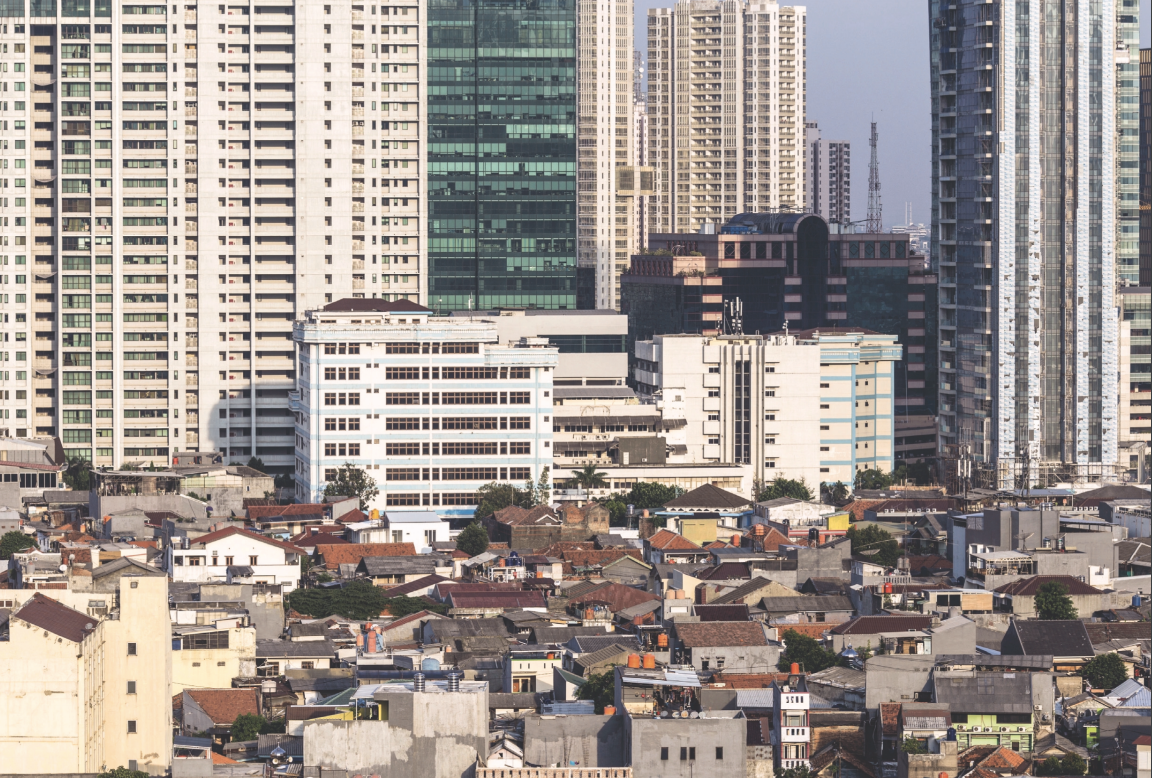
Inequality in Asia and the Pacific is on the rise. Many countries, including those held up as models of dynamism and prosperity, have experienced a widening of existing gaps, accompanied by environmental degradation. Market-led growth alone is not sufficient to deliver a prosperous, sustainable future for all.
UN ESCAP released a new report on 7 May, 2018 - Inequality in Asia and the Pacific in the era of the 2030 Agenda for Sustainable Development. This report takes a novel approach by focusing on multiple aspects of inequality – inequality of outcomes, of opportunities and of impacts. It also pays special attention to the potentially transformative role of technology and the impact that the incipient Fourth Industrial Revolution may have on inequality.
The report finds that unequal access to basic opportunities has left large groups of people behind and contributed to widening inequalities of outcomes, particularly in income and wealth. In turn, these inequalities have aggravated inequalities in access to health care, education, technology, and protection from natural disasters and environmental hazards – creating hardship for communities and families over generations.
Written against the backdrop of the 2030 Agenda for Sustainable Development and its pledge to “leave no one behind”, the report analyses the consequences inequality has on countries, communities and people across the Asia-Pacific region. Drawing on a wide range of data sources, backed up with evidence-based studies, it examines the drivers of inequality and identifies groups of people that are most likely to be left behind. It presents a convincing case for reducing inequality and puts forward an eight-point policy agenda for shaping a more inclusive, prosperous and sustainable future for all.
Source: UN ESCAP
 Welcome to the United Nations
Welcome to the United Nations